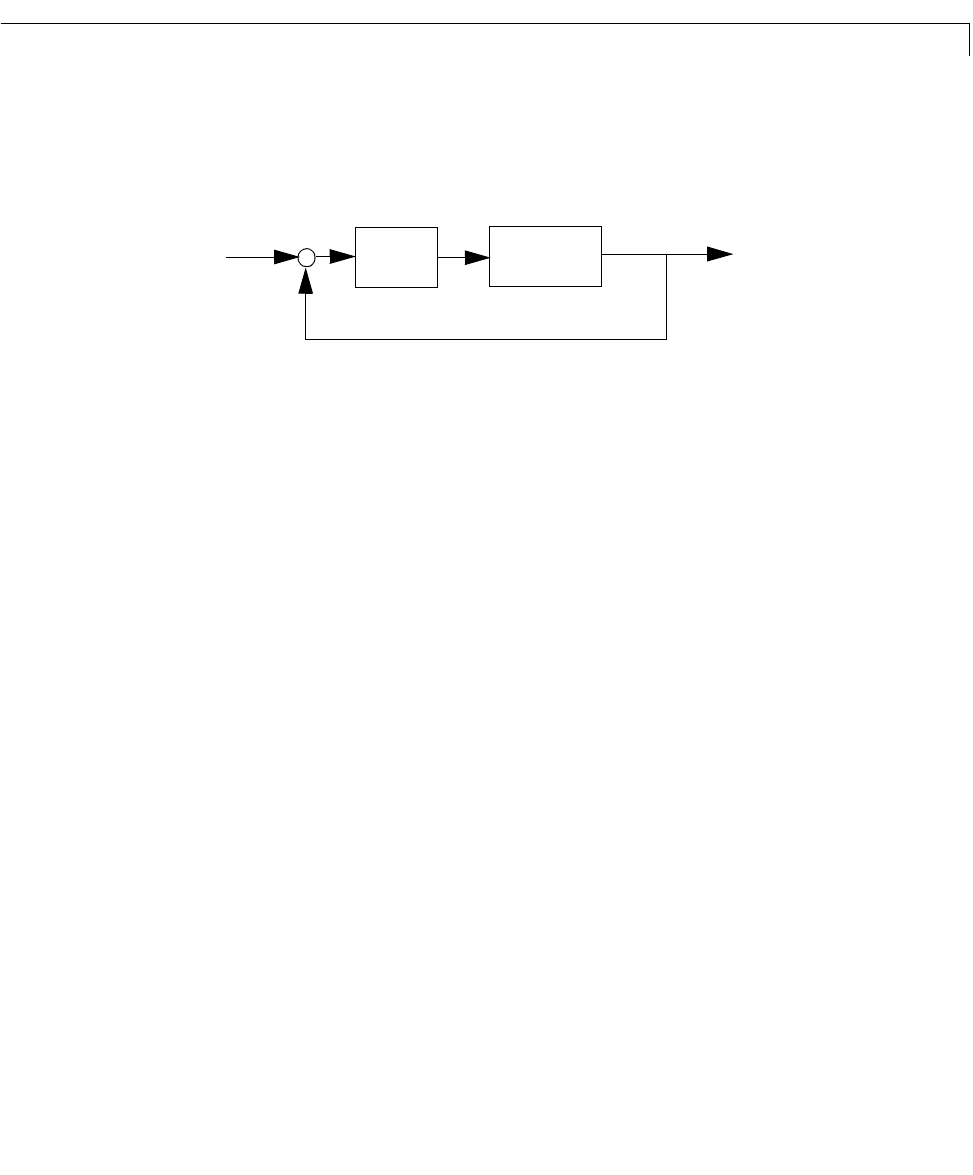User`s guide
Table Of Contents
- Preface
- Quick Start
- LTI Models
- Introduction
- Creating LTI Models
- LTI Properties
- Model Conversion
- Time Delays
- Simulink Block for LTI Systems
- References
- Operations on LTI Models
- Arrays of LTI Models
- Model Analysis Tools
- The LTI Viewer
- Introduction
- Getting Started Using the LTI Viewer: An Example
- The LTI Viewer Menus
- The Right-Click Menus
- The LTI Viewer Tools Menu
- Simulink LTI Viewer
- Control Design Tools
- The Root Locus Design GUI
- Introduction
- A Servomechanism Example
- Controller Design Using the Root Locus Design GUI
- Additional Root Locus Design GUI Features
- References
- Design Case Studies
- Reliable Computations
- Reference
- Category Tables
- acker
- append
- augstate
- balreal
- bode
- c2d
- canon
- care
- chgunits
- connect
- covar
- ctrb
- ctrbf
- d2c
- d2d
- damp
- dare
- dcgain
- delay2z
- dlqr
- dlyap
- drmodel, drss
- dsort
- dss
- dssdata
- esort
- estim
- evalfr
- feedback
- filt
- frd
- frdata
- freqresp
- gensig
- get
- gram
- hasdelay
- impulse
- initial
- inv
- isct, isdt
- isempty
- isproper
- issiso
- kalman
- kalmd
- lft
- lqgreg
- lqr
- lqrd
- lqry
- lsim
- ltiview
- lyap
- margin
- minreal
- modred
- ndims
- ngrid
- nichols
- norm
- nyquist
- obsv
- obsvf
- ord2
- pade
- parallel
- place
- pole
- pzmap
- reg
- reshape
- rlocfind
- rlocus
- rltool
- rmodel, rss
- series
- set
- sgrid
- sigma
- size
- sminreal
- ss
- ss2ss
- ssbal
- ssdata
- stack
- step
- tf
- tfdata
- totaldelay
- zero
- zgrid
- zpk
- zpkdata
- Index

A Servomechanism Example
8-5
Aclosed-l oopmodelfortheelectrohydraul i cvalvepositioncontrolcan besetup
as follows.
Figure 8-1: Feedback Control for an Electrohydraulic
Servomechanism
K(s) represents the compensator for you to design. This compensator can be
either a gain or a more general LTI system.
Alinearized plant model fortheelectrohydraul ic position control mechanism is
given by
For this example, you want to design a controller so that the step response of
the closed-loop system meets the following specifications:
• The two-percent settling time is les s t han 0.05 seco n d s.
• The m ax imum overshoot is less than 5 percent.
For deta ils on ho w these specifica tio ns are def ined, see [2] .
In the remainder of this chapter you learn how to use the R oot Locus Design
GUI. In the process, you design a controller to meet these specifications.
+
–
G
servo
s()
K(s)
Compensator
Servomechanism
Ram Position
Desired Ram
Position
Linearized
G
servo
s()
410
7
×
ss 250+()s
2
40s 910
4
×++()
-------------------------------------------------------------------------------=










